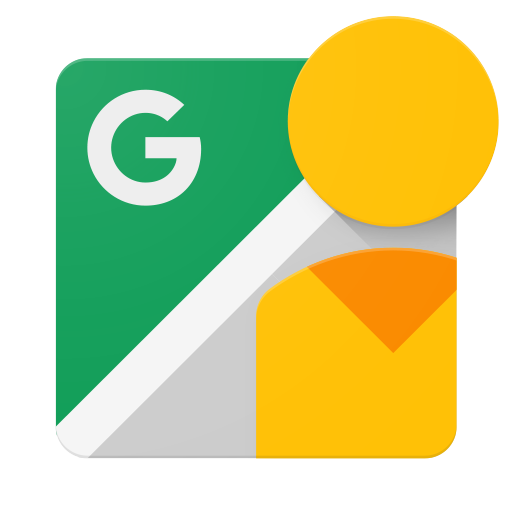在开始编写您的首个客户端应用之前,您需要做一些准备工作(如果您还没有做的话)。
获取 Google 账号
您需要拥有一个 Google 账号,才能在 Google API 控制台中创建项目。如果您已经具有账号,则您已准备就绪。
您可能还需要一个用来测试的单独 Google 账号。
试用 Google 街景
本 API 文档假定您使用过 Google 街景,并且熟悉网络编程概念和网络数据格式。
如果您尚未使用过 Google 街景,请在开始编码前,试用和熟悉一下用户界面。
为客户端创建一个项目
在向 Google 街景发送请求之前,您需要告知 Google 您的客户端并激活对该 API 的访问权限。为此,您可以使用 Google API 控制台创建一个项目(该项目是设置和 API 访问信息的命名集合),然后注册您的应用。
开始使用 Google Street View Publish API 之前,您需要先使用设置工具在 Google API 控制台中创建项目并启用该 API。
如果您尚未创建应用的 API 密钥,请点击创建凭证 > API 密钥进行创建。接下来,在 API 密钥部分中查找您的 API 密钥。
了解 REST 基础知识
您可以通过以下两种方式调用 API:
- 发送 HTTP 请求并解析响应。
- 使用客户端库。
如果您决定不使用客户端库,则将需要了解 REST 的基础知识。
REST 是一种软件架构样式,可提供便利、一致的方法来请求和修改数据。
术语 REST 是“具象状态传输”的简称。在 Google API 的上下文中,指的是使用 HTTP 谓词来检索和修改由 Google 存储的数据的表示法。
在 RESTful 系统中,资源存储在数据存储区中;在客户端发送要求服务器执行特定操作(例如创建、检索、更新或删除资源)的请求之后,服务器便会执行该操作并发送响应,此响应的格式通常为所指定资源的表示法。
在 Google 的 RESTful API 中,客户端使用 HTTP 谓词(例如 POST、GET、PUT 或 DELETE)指定操作。它通过以下格式的全局唯一 URI 来指定资源:
https://www.googleapis.com/apiName/apiVersion/resourcePath?parameters
由于所有 API 资源都具有 HTTP 可访问的唯一 URI,因此 REST 启用了数据缓存,而且经过优化以与网络的分布式基础架构一起使用。
您可能会发现 HTTP 1.1 标准文档中的方法定义十分有用;这些定义中包含了 GET、POST、PUT 和 DELETE 的规范。
Google Street View Publish API 中的 REST
Google Street View Publish API 操作会直接映射到 REST HTTP 动词。
Google Street View Publish API URI 的具体格式如下:
https://www.googleapis.com/streetviewpublish/v1/resourcePath?parameters
Google Street View Publish API 参考文档总结了用于 API 中各项受支持操作的全套 URI。
了解 JSON 基础知识
Google Street View Publish API 以 JSON 格式返回数据。
JSON(JavaScript 对象表示法)是一种与语言无关的常见数据格式,可通过简单的文本来表示任意数据结构。如需了解详情,请参阅 json.org。

